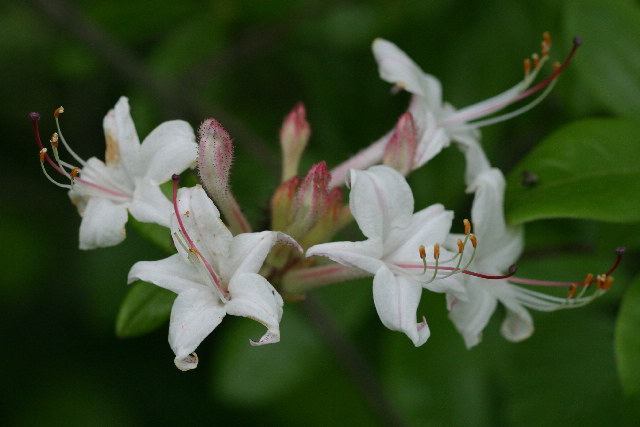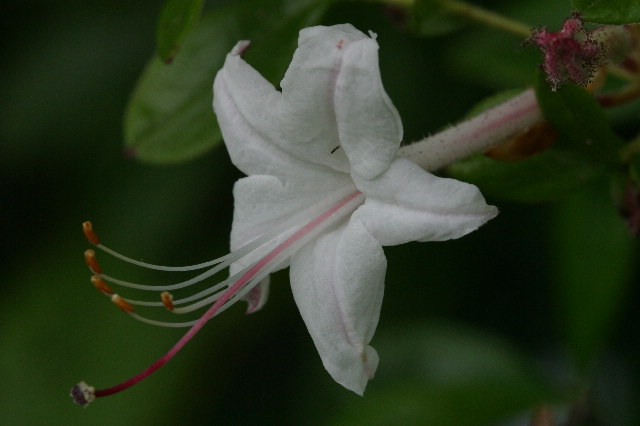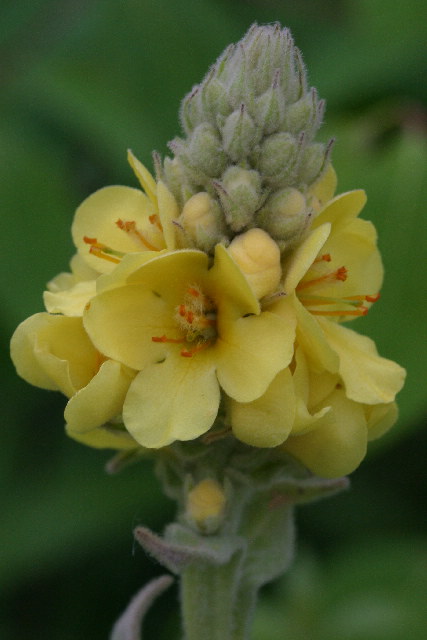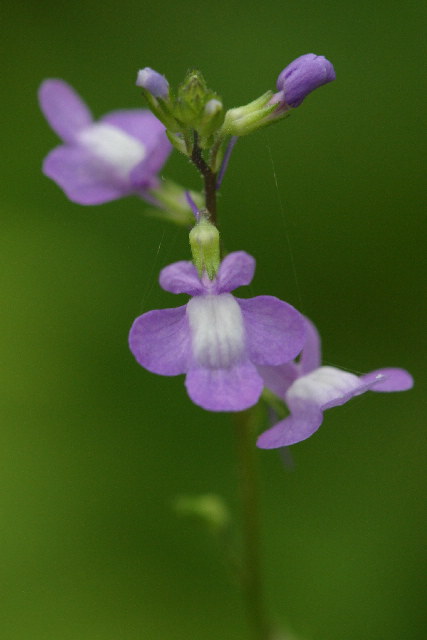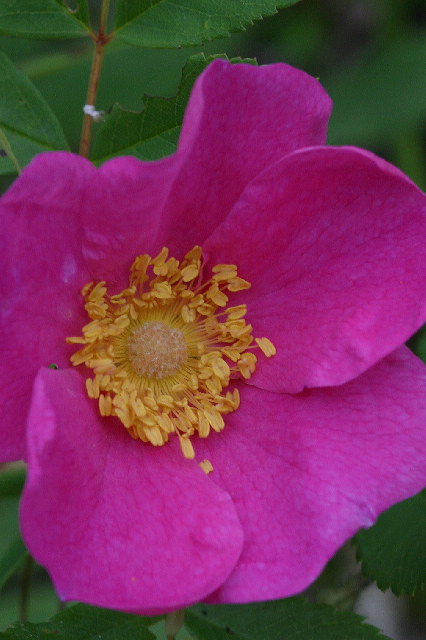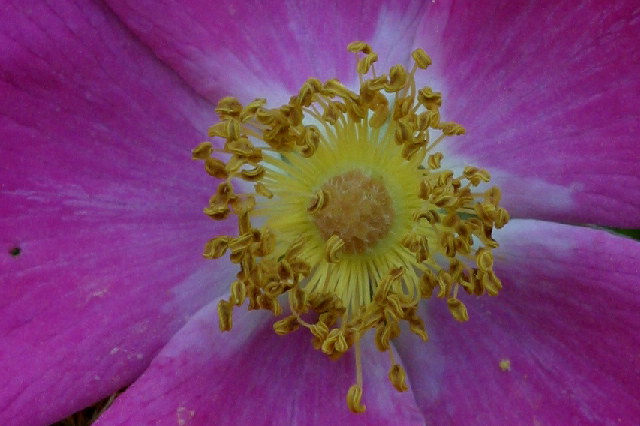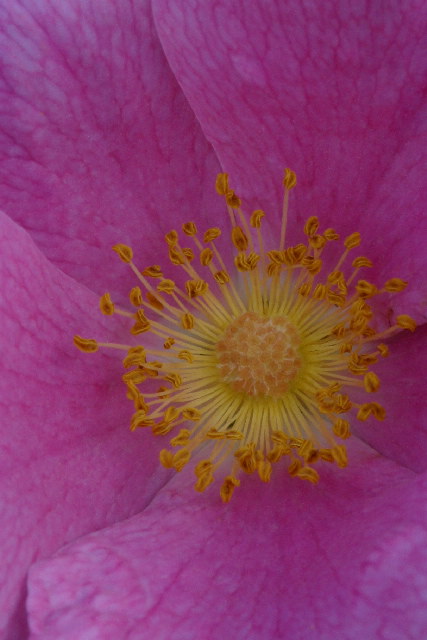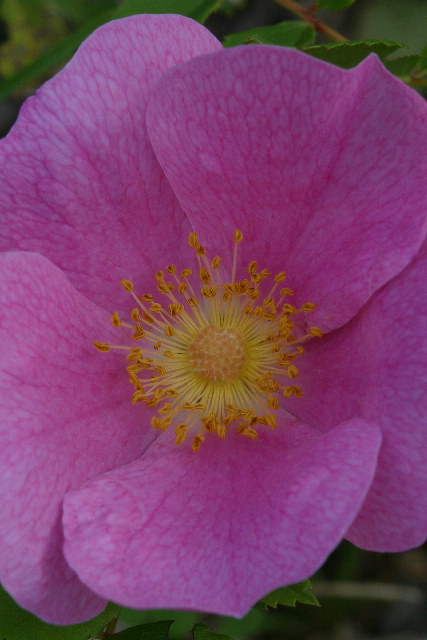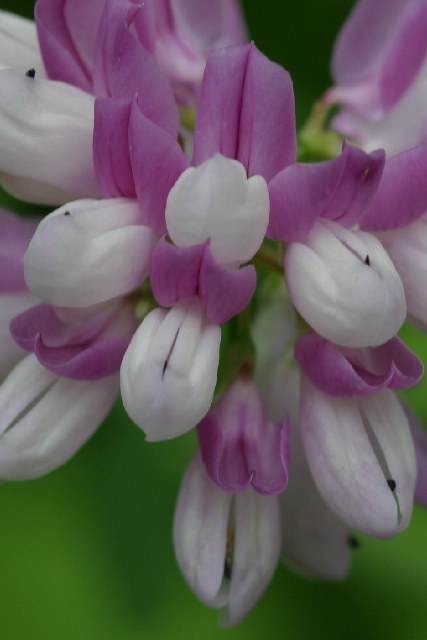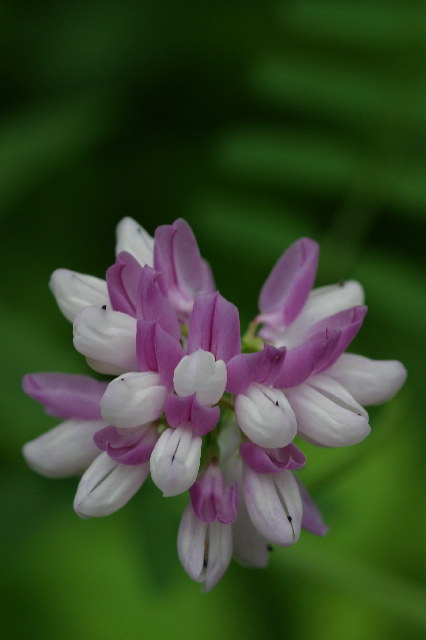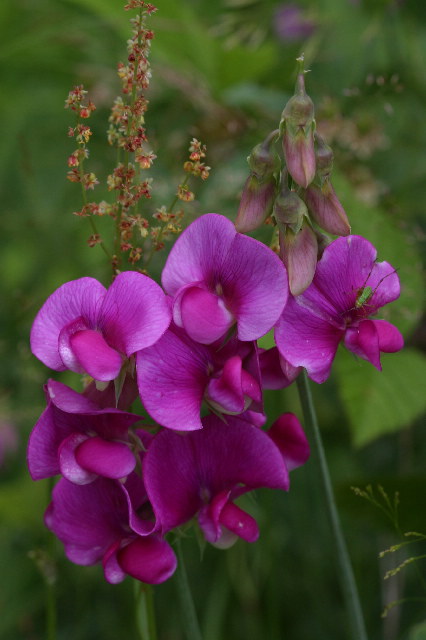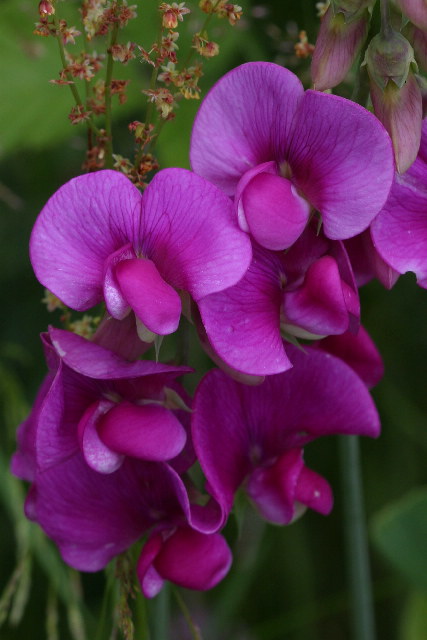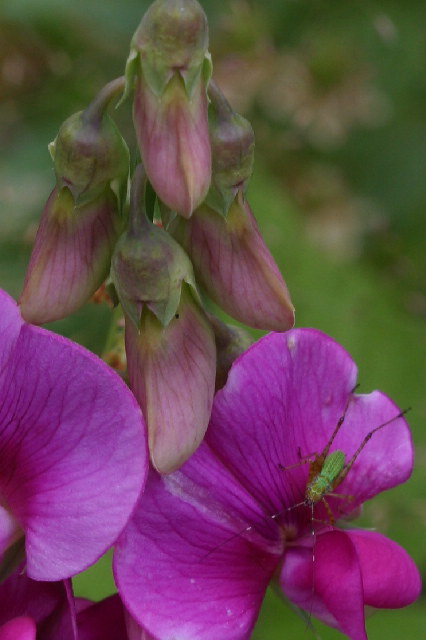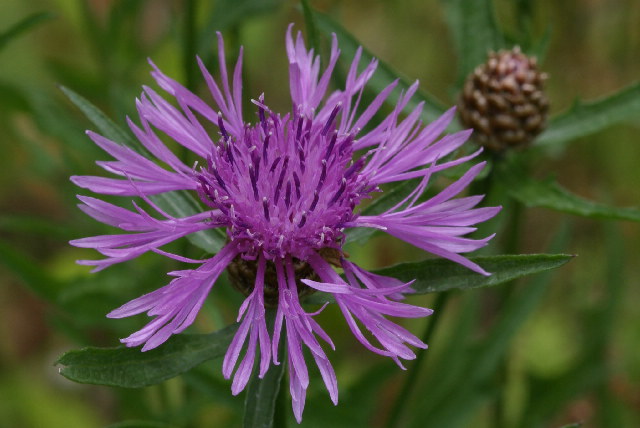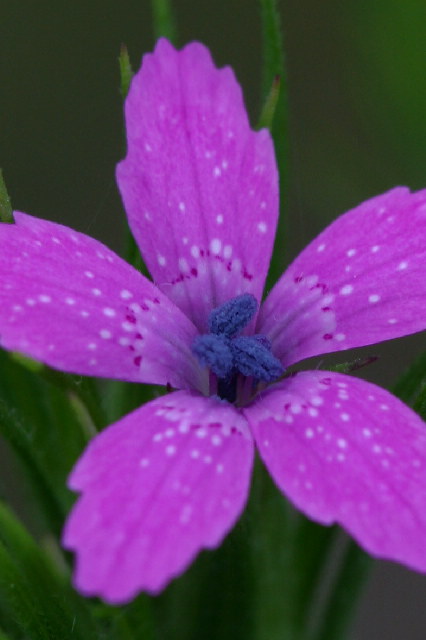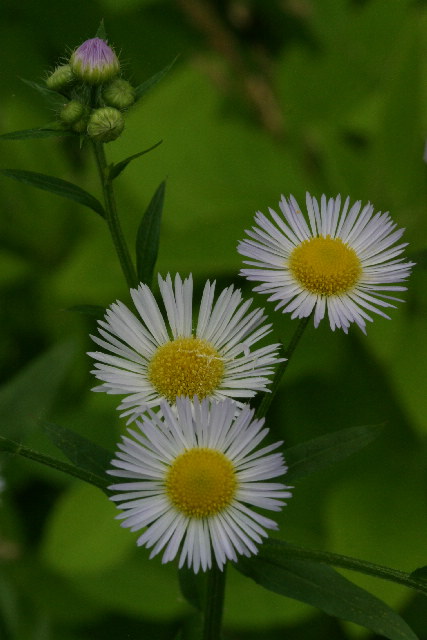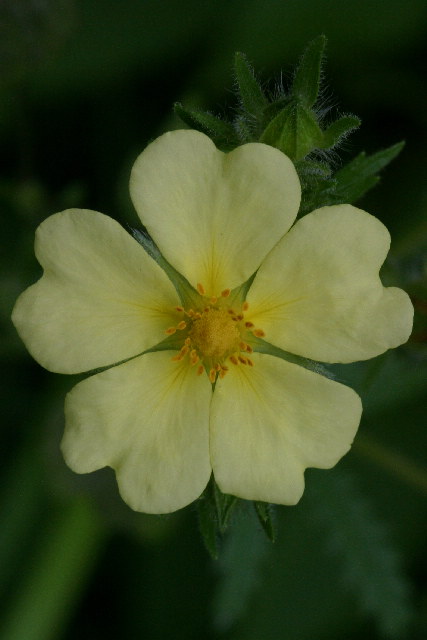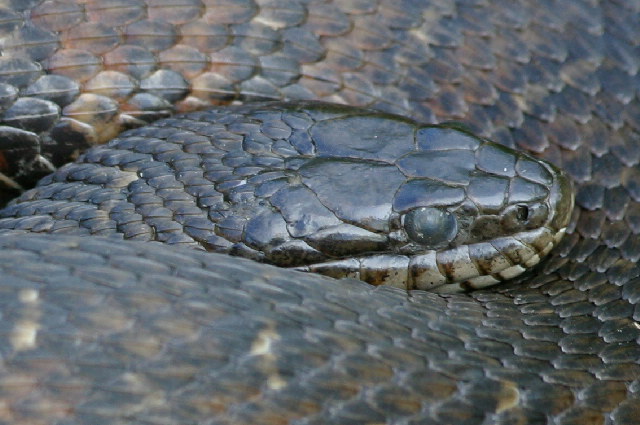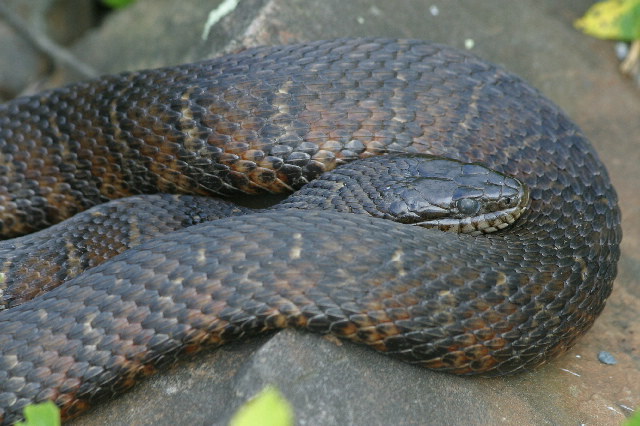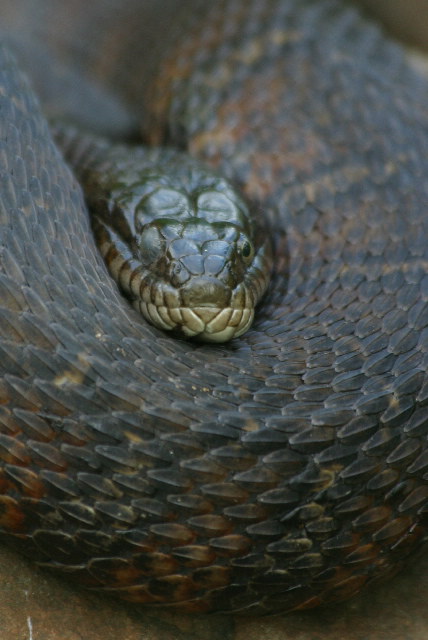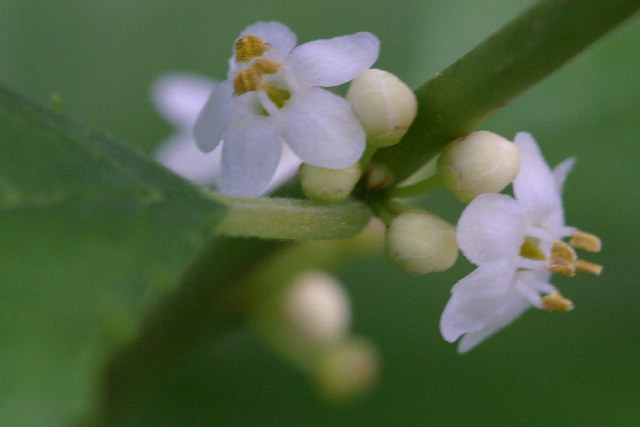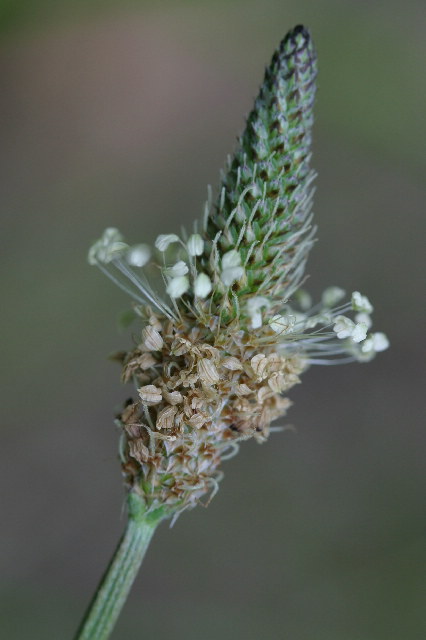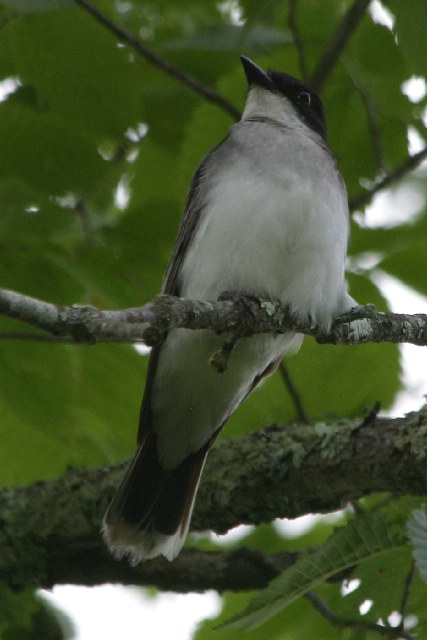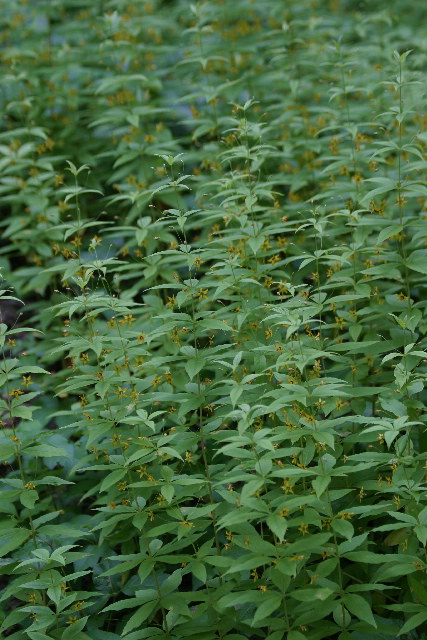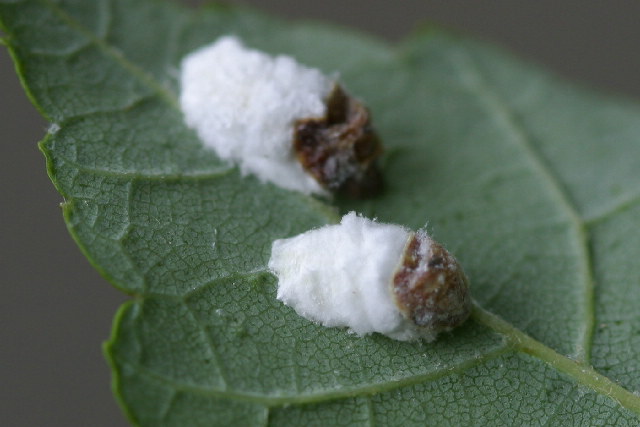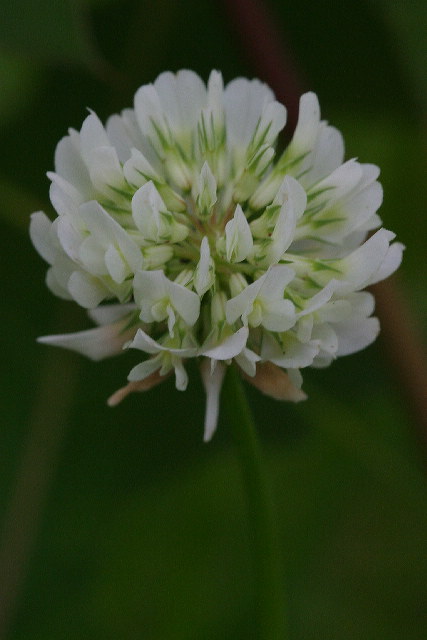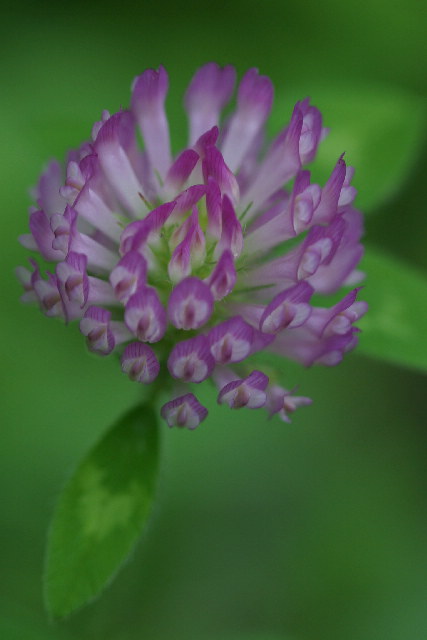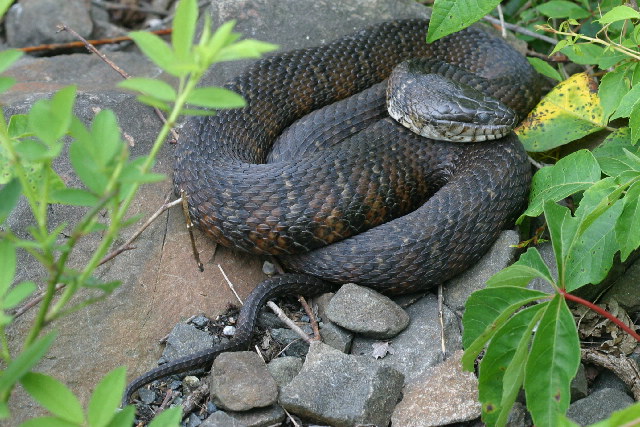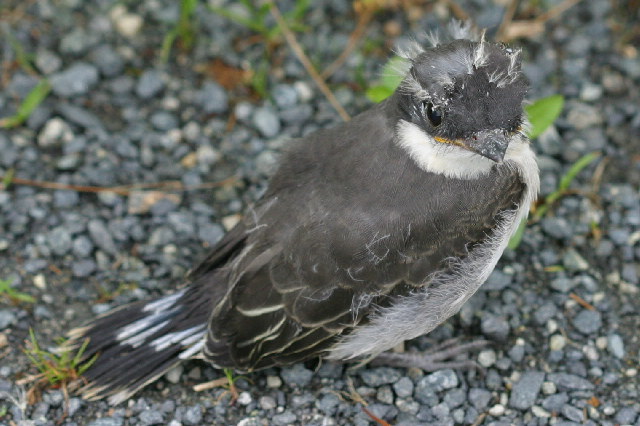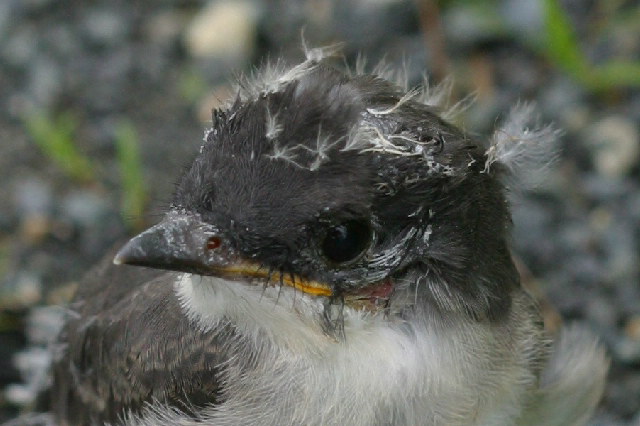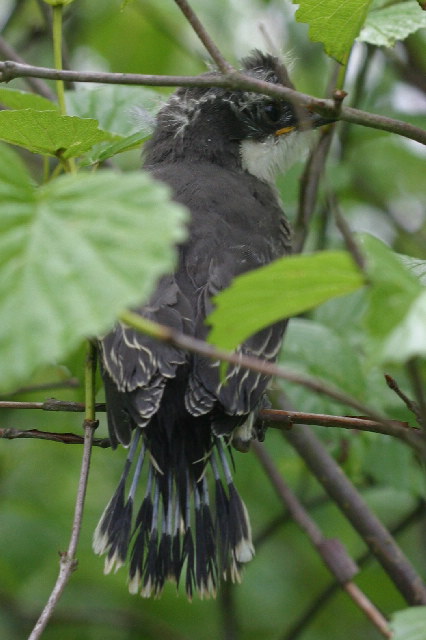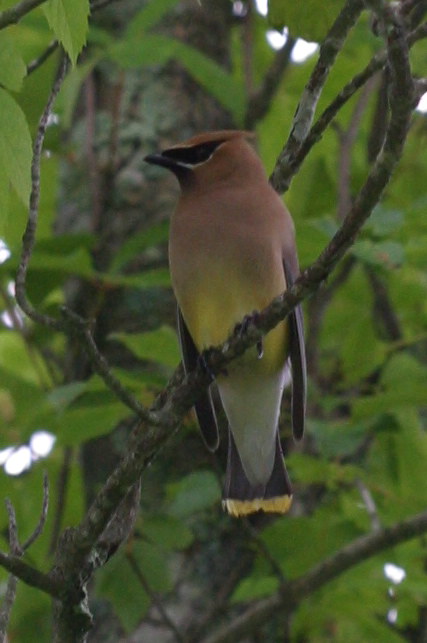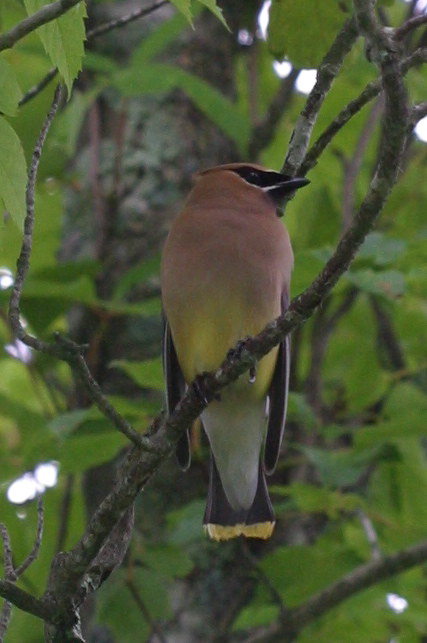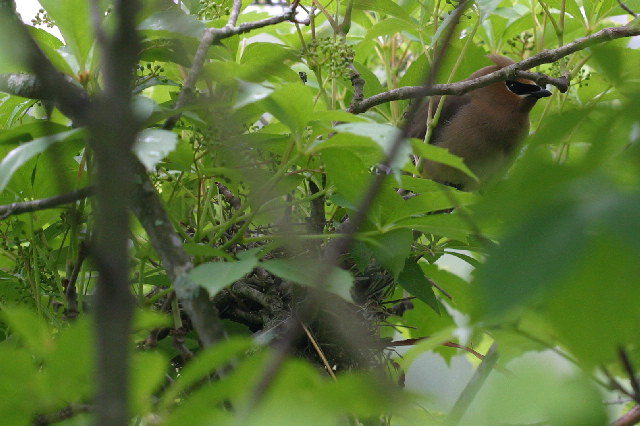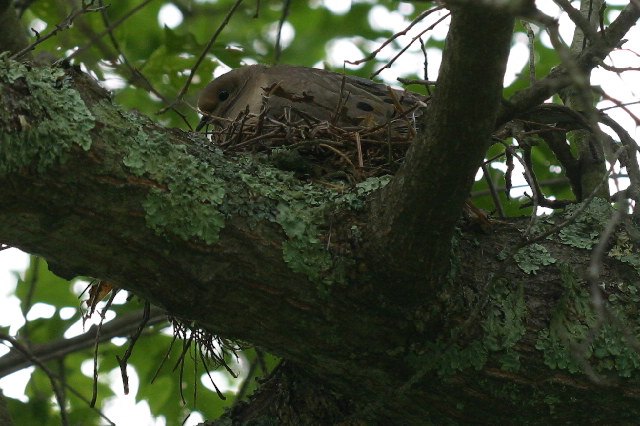Along the Air Line... 2009 - Summer, Part 1 The Air Line Trail in Eastern Connecticut - Stan Malcolm Photos |
mHome Page Stan's FlickR Albums |
June 22nd. Swamp Azalea (Rhododendron viscosum). |
June 23rd. |
Common Mullein (Verbascum thapsus). |
Blue Toadflax (Nuttallanthus canadensis; formerly Linaria canadensis). |
Pasture Rose (Rosa carolina). |
Anthers shrivel as the flower ages. |
|
|
|
Sweet Peas (Lathyrus odoratus). |
Spotted Knapweed (Centaurea maculosa). |
Deptford Pink (Dianthus armeria). |
|
Daisy Fleabane (Erigeron annuus). |
Rough-fruited Cinquefoil (Potentilla recta). |
Northern Water Snake (Nerodia sipedon). |
|
Note how this snake's right eye is cloudy, suggesting that it is preparing to shed its skin... or perhaps has recently shed but the portion over that eye has not yet detached. |
Winterberry (Ilex verticillata). The first time I've ever noticed it in bloom. |
English Plantain (Plantago lanceolata). |
Eastern Kingbird (Tyrannus tyrannus). |
Whorled Loosestrife (Lysimachia quadrifolia). |
Female Cottony Cushion Scale insects (Icerya purchasi) on the underside of a Red Maple leaf. Unusual to find these outside of greenhouses in New England. |
White Clover (Trifolium repens). |
Hop Clover (Trifolium agrarium). |
June 26th. A young Eastern Kingbird (Tyrannus tyrannus) has either fledged or fallen from the nest. In any case, it seemed unable to get off the ground. |
|
I managed to get it perched in the shrubbery as the parents looked on nearby. |
Cedar Waxwings (Bombycilla cedrorum) have several nests along the trail. |
|
Here's one perched just to the right of a well-camouflaged nest. |
The Mourning Dove (Zenaida macroura)seems hardly ever to move, much less leave the nest. |
